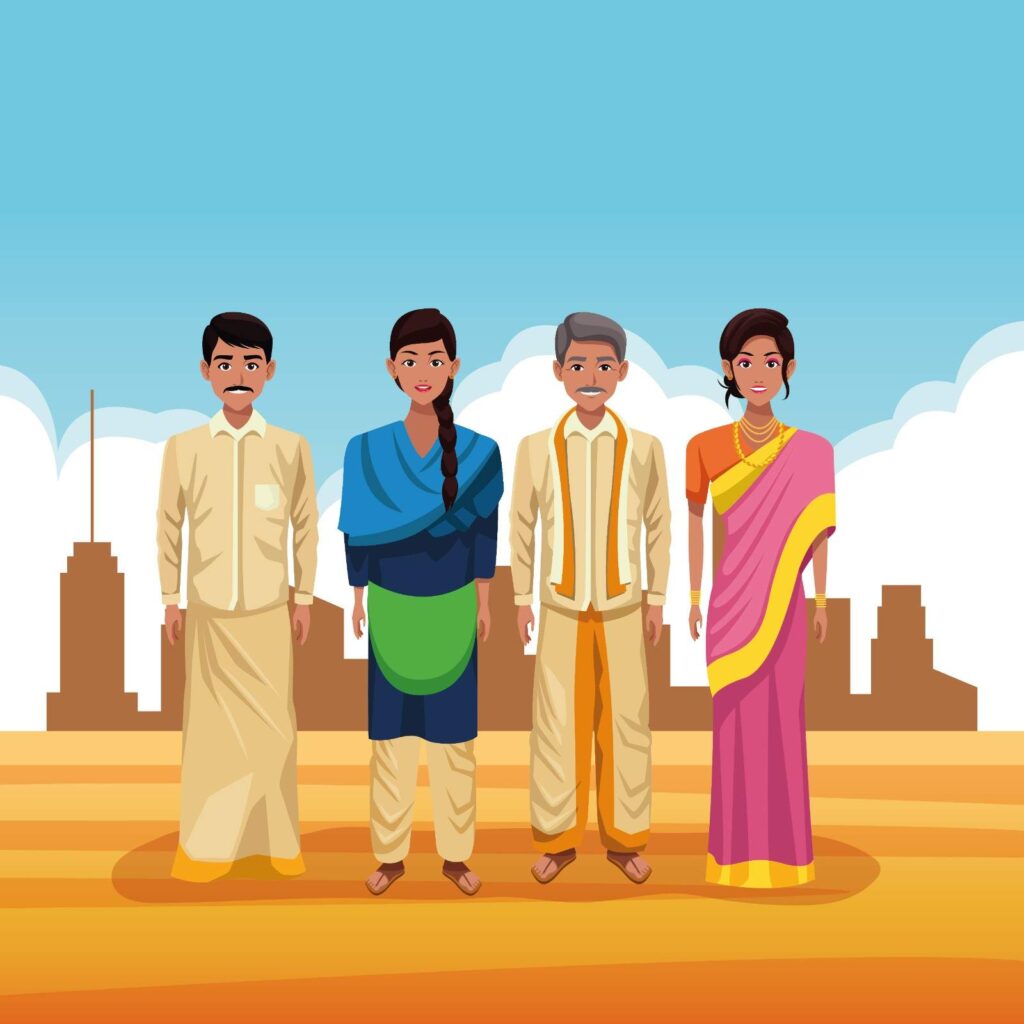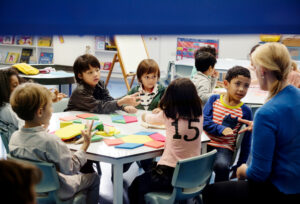Introduction: Where Every Street Tells a Story
Walk through the bustling streets of India, and you’ll see colors, hear rhythms, and smell spices that instantly tell you — you’re somewhere magical. From ancient temples to modern music, traditional saris to cricket fever, India is a living, breathing cultural adventure.
But what exactly is Indian culture? It’s not just about rituals or festivals — it’s the stories we tell, the food we share, the way we greet, dress, and even celebrate a rainy day! Many of the best IGCSE schools in Bangalore focus on helping students explore and appreciate this rich cultural heritage while developing global perspectives.
Let’s explore this fascinating world where every tradition has a tale and every region has its own rhythm.
A Closer Look at Indian Culture’s Many Faces
1. Festivals: Celebrating Life, One Season at a Time
In India, festivals don’t just mark dates on a calendar—they transform homes, streets, and hearts.
- Diwali: A night when darkness is chased away by thousands of lamps.
- Holi: A riot of colors and laughter that marks the arrival of spring.
- Eid & Christmas: Celebrated with feasts, prayers, and a spirit of giving.
- Pongal, Bihu, Onam: Harvest festivals that thank the Earth for its gifts.
These festivals aren’t just fun—they teach kids about gratitude, togetherness, and joy in diversity.
2. Language: A Symphony of Sounds
Imagine living in a place where a short drive could take you into a different language zone! That’s India.
With 22 official languages and hundreds of regional dialects, each conversation in India is a melody of identity. Whether it’s Tamil poetry, Punjabi folk songs, or Marathi proverbs, Indian culture speaks in many beautiful tongues.
For children, this teaches language appreciation, adaptability, and cultural sensitivity—all vital in today’s global world.
3. Clothing: Culture You Can Wear
In India, clothes aren’t just fabric—they’re symbols of occasion, region, and pride.
- In Rajasthan, bright turbans and mirror-studded dresses light up the desert.
- In Kerala, the elegant white-and-gold kasavu sari tells a story of grace.
- During weddings, festivals, and dance performances, traditional attire turns into a celebration of color and history.
Children wearing traditional clothes during cultural days at school don’t just look adorable—they connect with history, family, and identity.
4. Art, Music & Dance: The Soul of the Culture
Where do stories come alive without words? In India’s art forms.
- Kathak and Bharatanatyam—dance forms that blend movement with myth.
- Classical ragas—melodies that can express joy, sorrow, or even the rains.
- Madhubani paintings, Warli art, Rangoli—every design tells a tale.
These creative expressions offer children ways to communicate, feel, and imagine beyond books and screens.
5. Food: Where Every Bite Tells a Story
Indian culture is delicious—literally! From spicy chaats to sweet laddoos, the cuisine changes with geography and season.
- Biryani in Hyderabad, dosa in Tamil Nadu, rasgulla in Bengal, makki di roti in Punjab—each dish is a chapter of history and community.
- Meals are about sharing, tradition, and celebration.
Even family dinners are a way of passing down recipes, stories, and love.
6. Historical Places: Where the Past Meets the Present
Indian culture isn’t just found in homes and festivals — it’s carved in stone, painted on walls, and echoed in ancient halls. Across the country, you must visit historical places and tell stories of kings, warriors, artists, and dreamers who shaped India’s identity.
From majestic forts to peaceful temples, these places turn history into an unforgettable adventure for students. Many schools organize educational trips to these landmarks, helping children learn beyond textbooks and experience the power of education through real-life exploration.
Some iconic examples include:
- Taj Mahal (Agra) — A timeless symbol of love and architectural brilliance.
- Hampi (Karnataka) — The ruins of a once-glorious empire, scattered with stone carvings and temples.
- Mysore Palace (Karnataka) — A beautiful blend of Indo-Saracenic architecture and royal heritage.
- Qutub Minar (Delhi) — A towering monument that whispers stories from the past.
- Charminar (Hyderabad) — The heart of Hyderabad’s history and culture.
- Brihadeeswarar Temple (Thanjavur, Tamil Nadu) — One of India’s greatest architectural wonders, this UNESCO World Heritage Site is over 1000 years old. Built by the Chola dynasty, the spiritual aura continues to inspire visitors of all ages.
Visiting historical places teaches children about heritage, respect for the past, and the importance of preserving culture. It’s not just sightseeing — it’s stepping into stories that shaped who we are today.
The Core Values That Hold Indian Culture Together
Respect and Reverence
Touching elders’ feet, saying “Namaste,” and welcoming guests with warmth—these are not just habits but values rooted in respect and humility.
Family First
Joint families, big celebrations, and weekend family lunches are where life lessons, values, and memories are passed from one generation to the next.
Spirituality and Tolerance
Temples, mosques, churches, and gurudwaras often stand close together—teaching children that different faiths can grow side by side.
Why Indian Culture Matters for Children
Understanding Indian culture is more than just textbook learning—it’s about living with empathy, pride, and curiosity.
- It teaches children to embrace differences and find unity.
- It builds a foundation of values like respect, kindness, and gratitude.
- It fuels creativity through music, art, and storytelling.
- It connects children to their roots and the wider world.
This is why many schools across India integrate cultural learning into daily life—through dance classes, language clubs, heritage days, and festival celebrations.
Conclusion
Indian culture is not a destination — it’s a journey through time, tradition, and transformation. It’s the old woman singing a lullaby in Bengali, the boy practicing tabla in his room, the family lighting diyas, and the child learning a folk dance for school day.
The best ICSE schools in Bangalore understand that preserving culture and heritage goes hand in hand with nurturing young minds. They combine academic excellence with the power of education to help students appreciate their roots while preparing them for the future.
As we pass Indian culture from one generation to the next, we pass on not just stories — but identity, values, and dreams. And for children growing up in this vibrant world, every celebration, every ritual, and every story is a step into a richer, kinder, more colorful life.
FAQs
Indian culture includes the traditions, values, languages, festivals, clothing, food, art, and social customs followed by the people of India.
Because it varies widely by region, religion, and language—yet remains beautifully connected through shared values and unity.
Through stories, crafts, traditional music, festivals, language classes, and family traditions.
Respect for elders, kindness, spirituality, togetherness, and love for learning and nature.
Absolutely! While rooted in tradition, Indian culture constantly evolves—blending the old and new in beautiful, meaningful ways.







